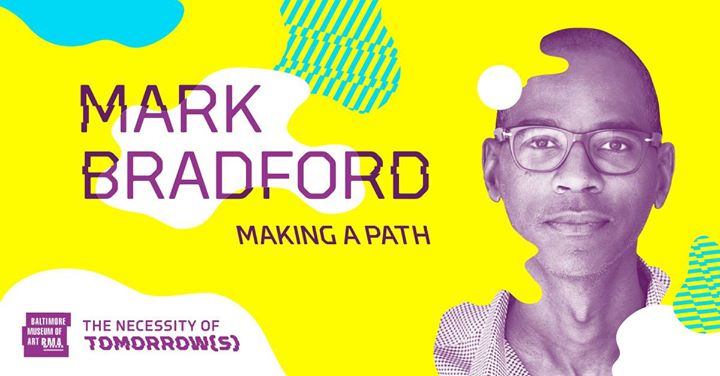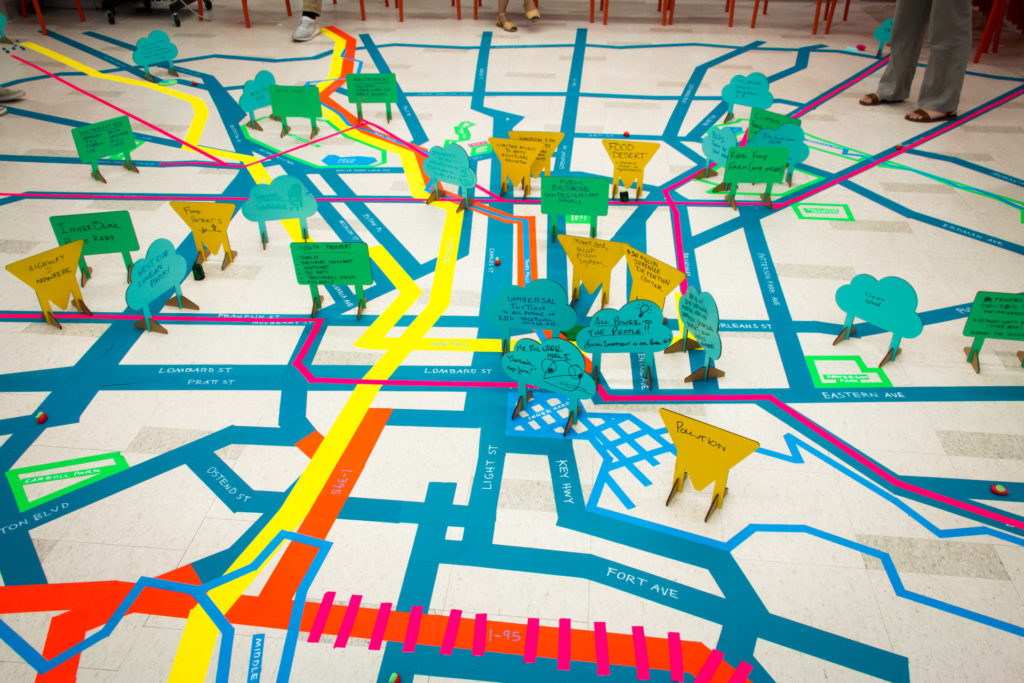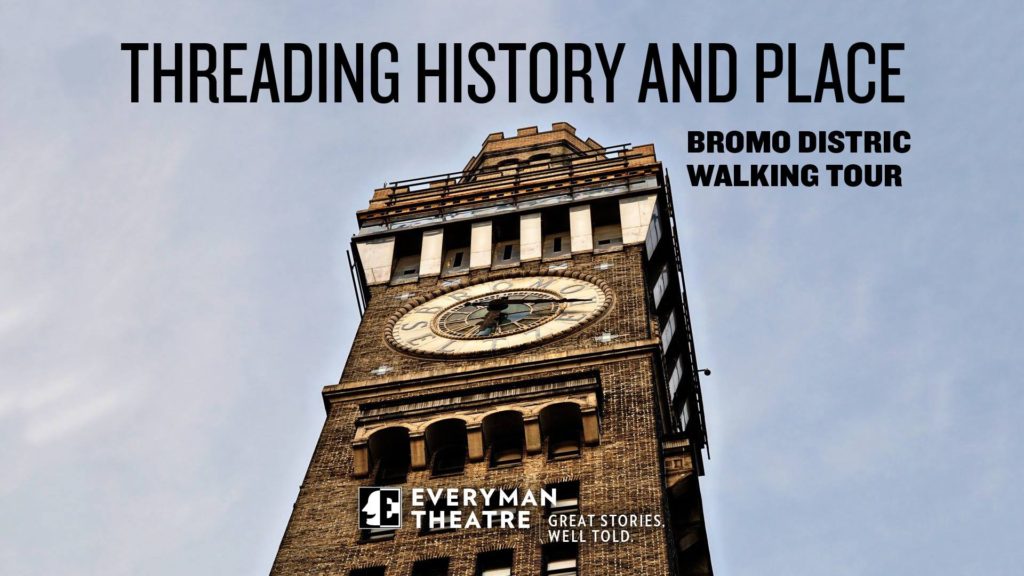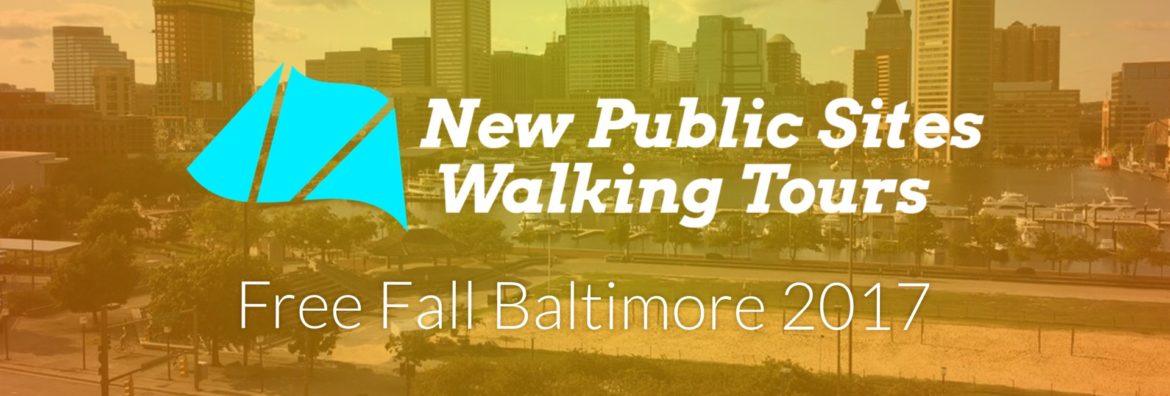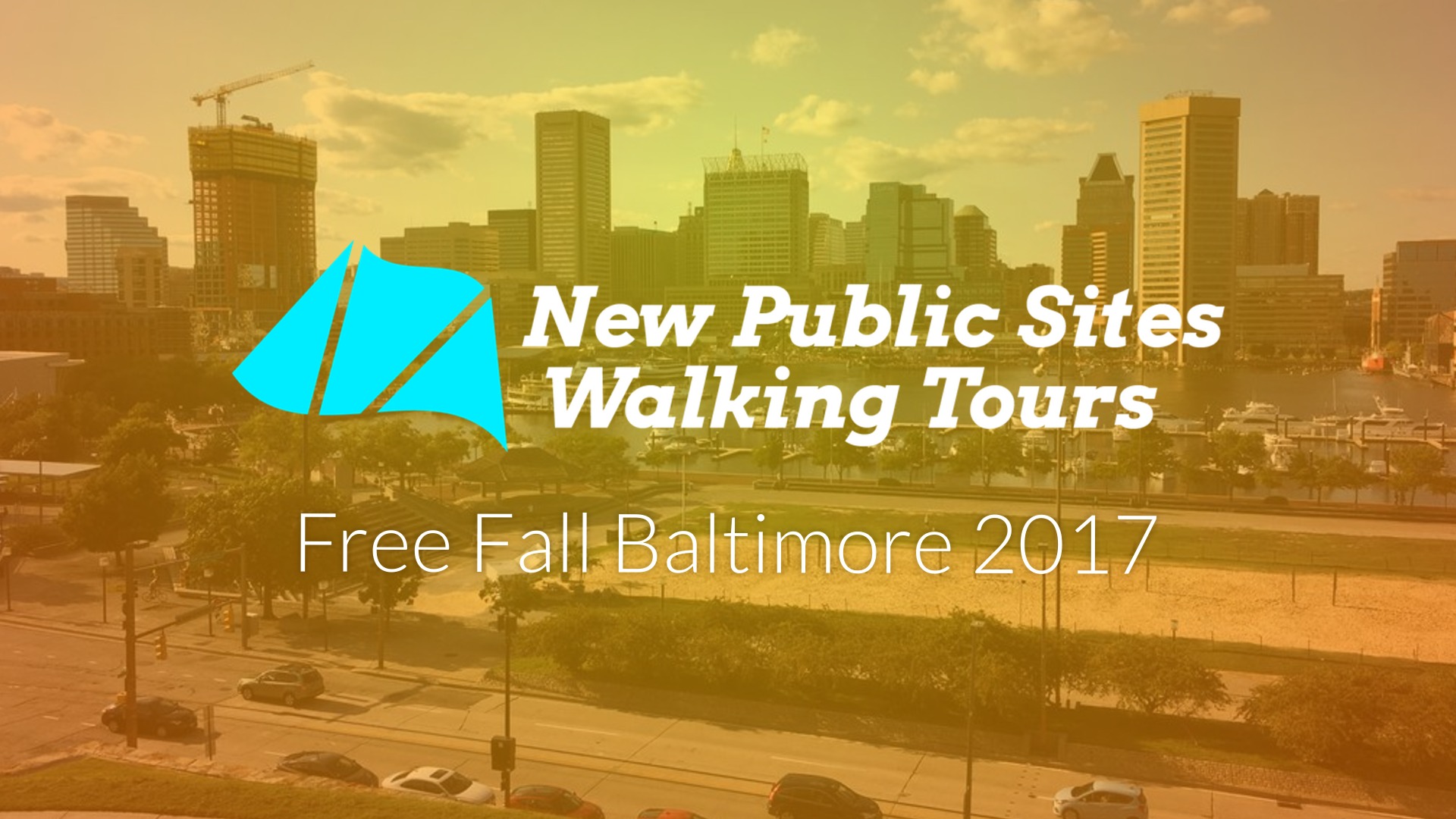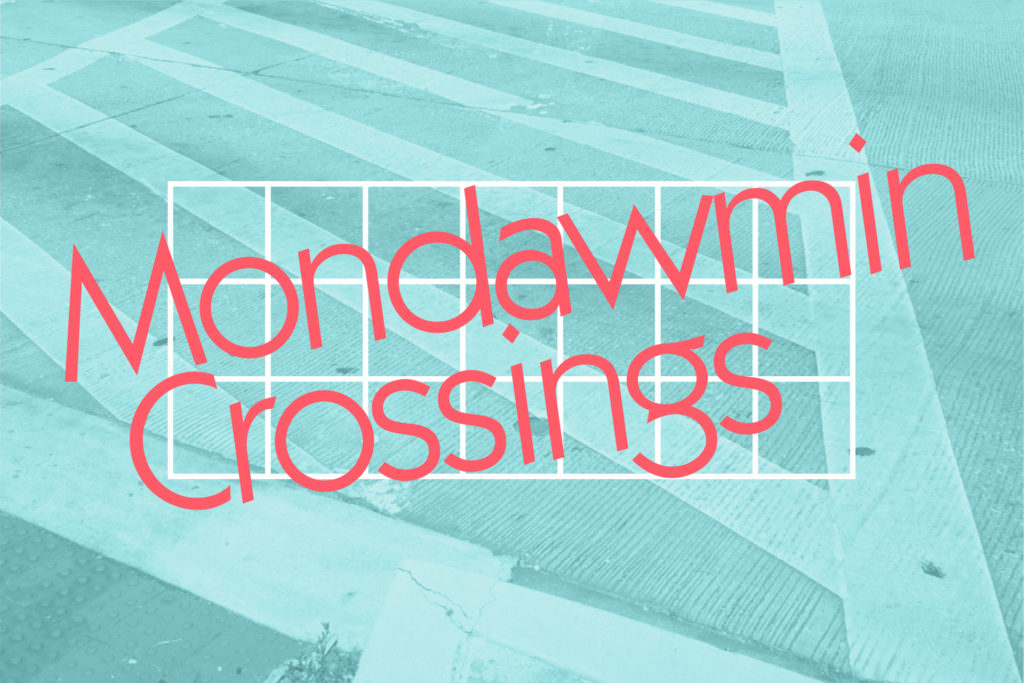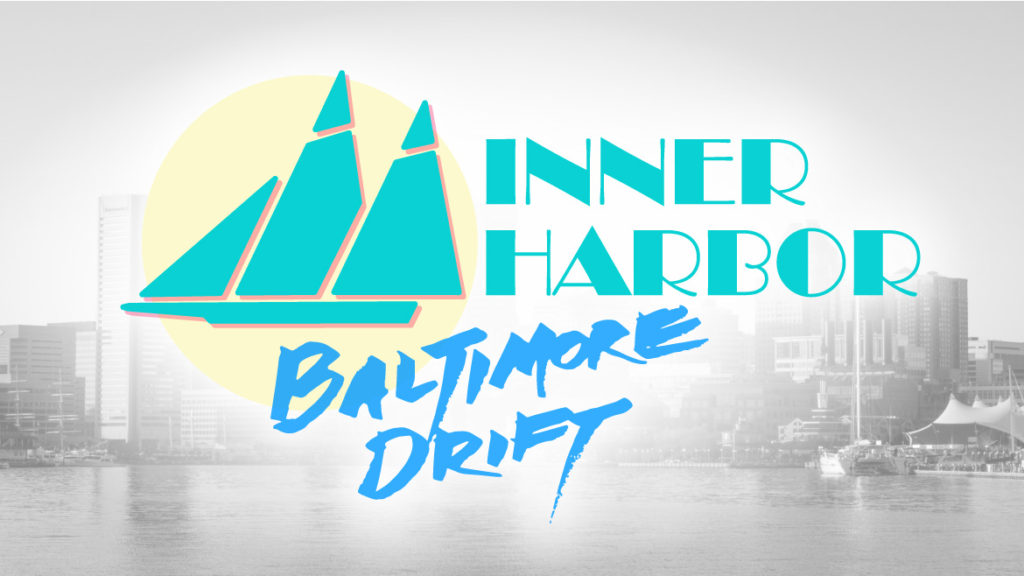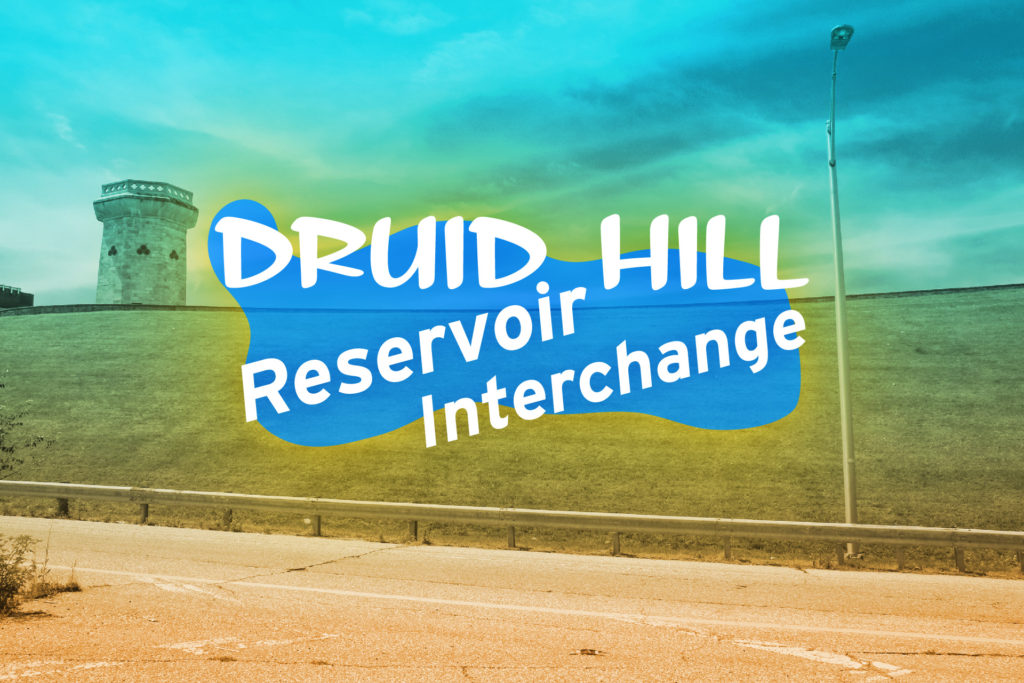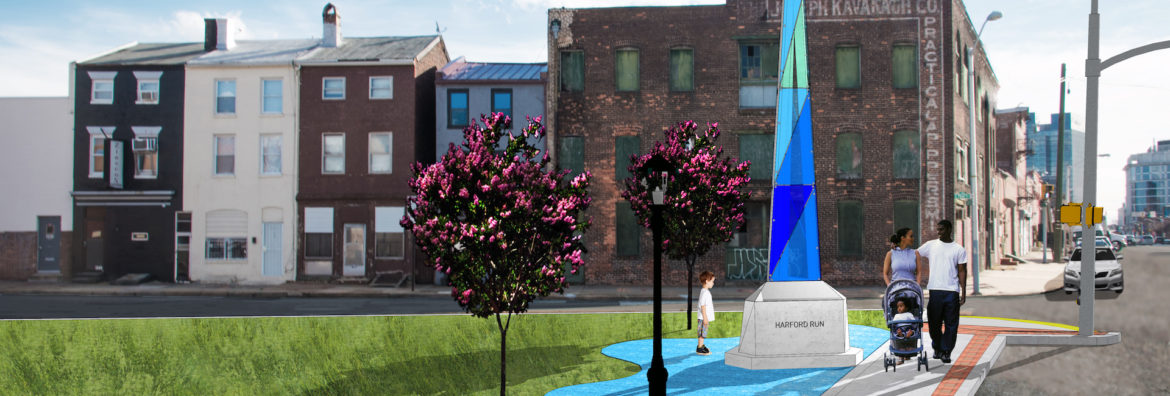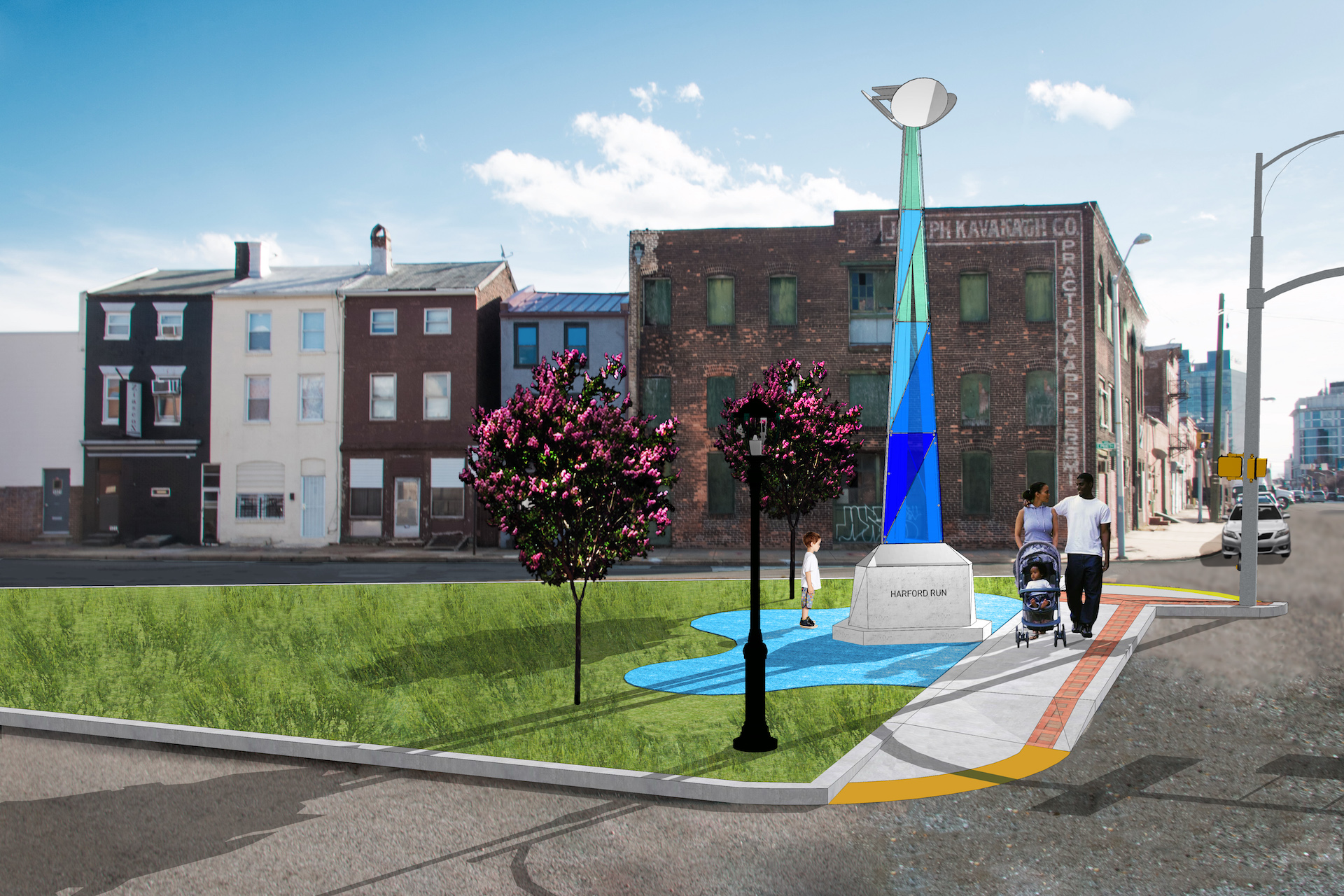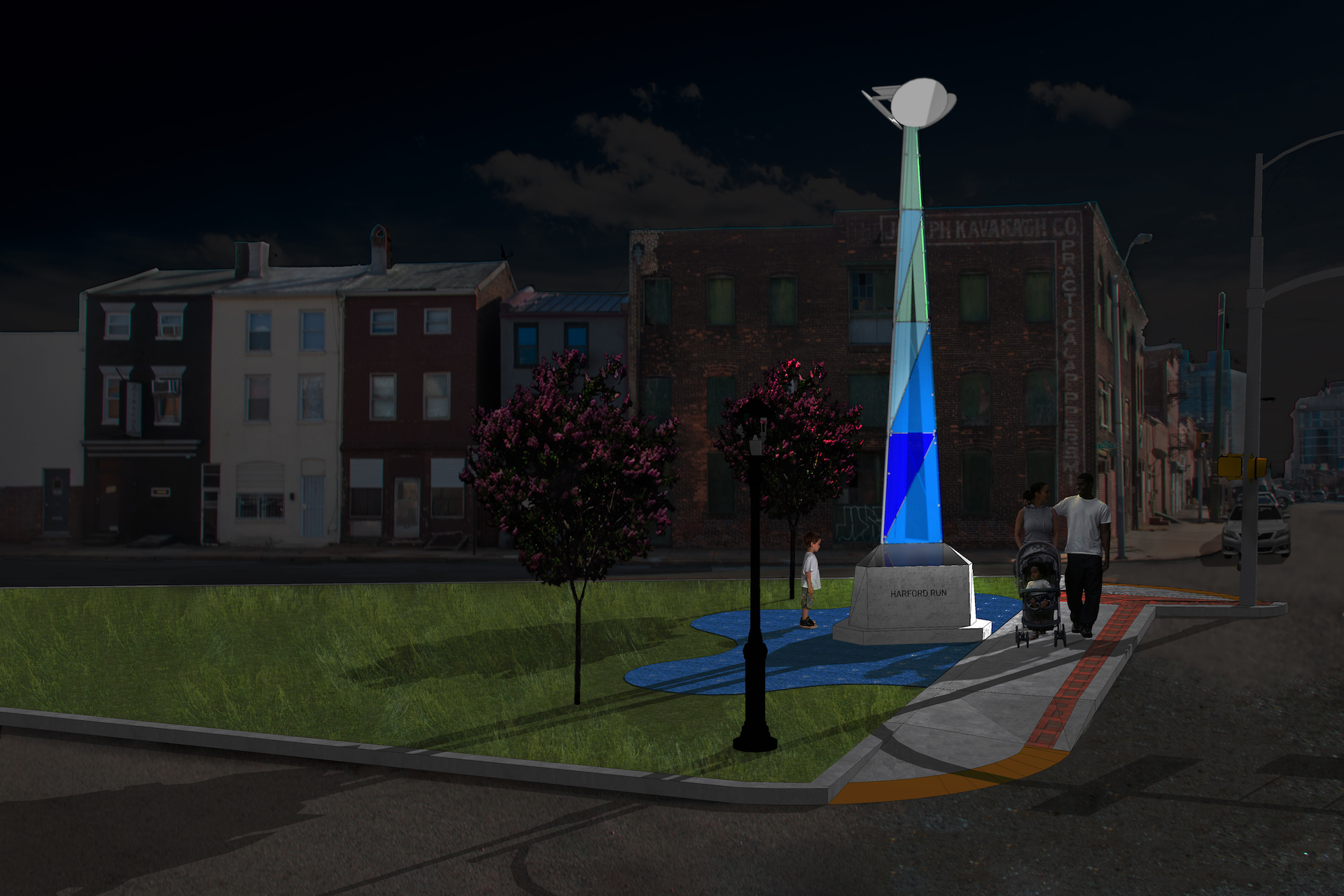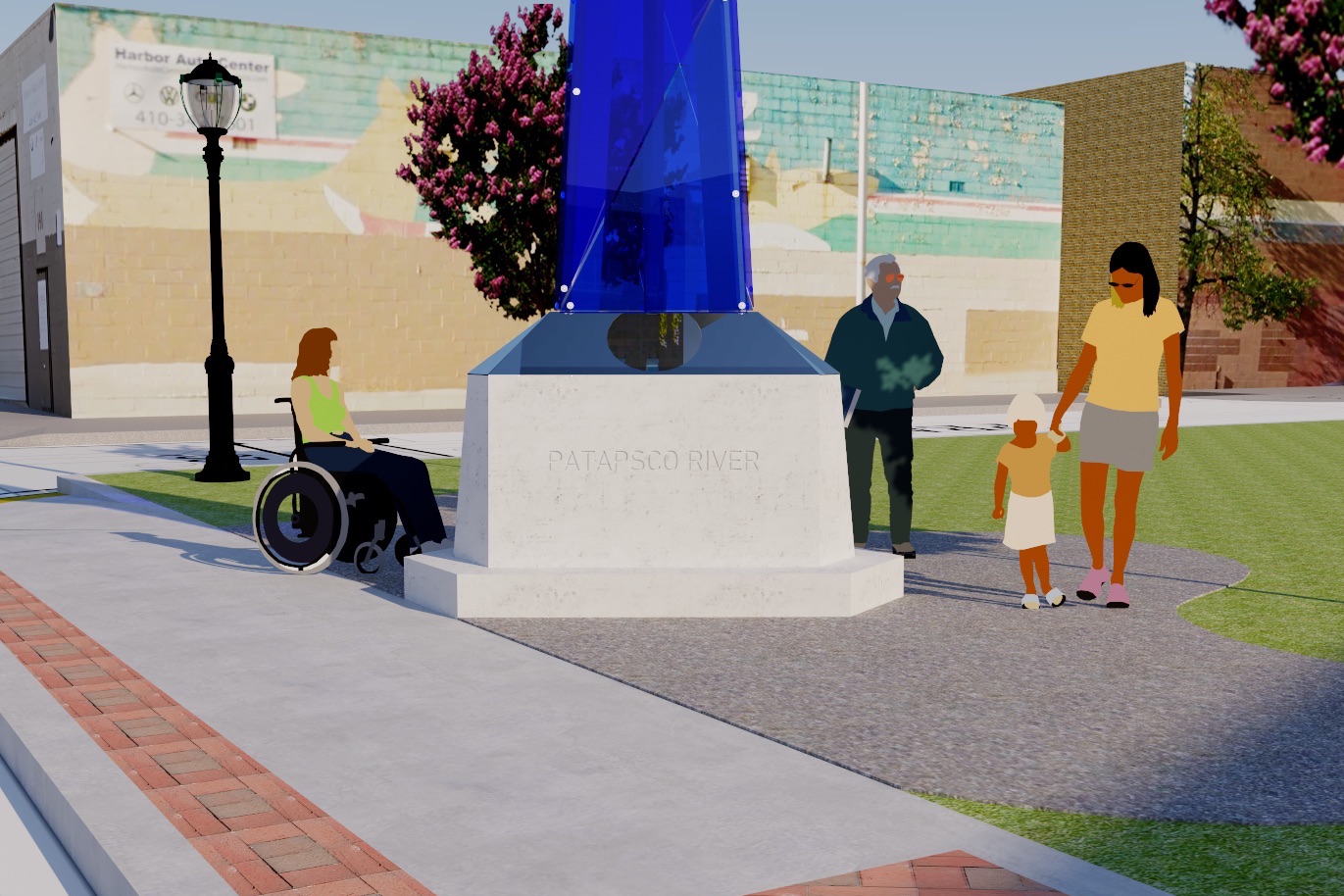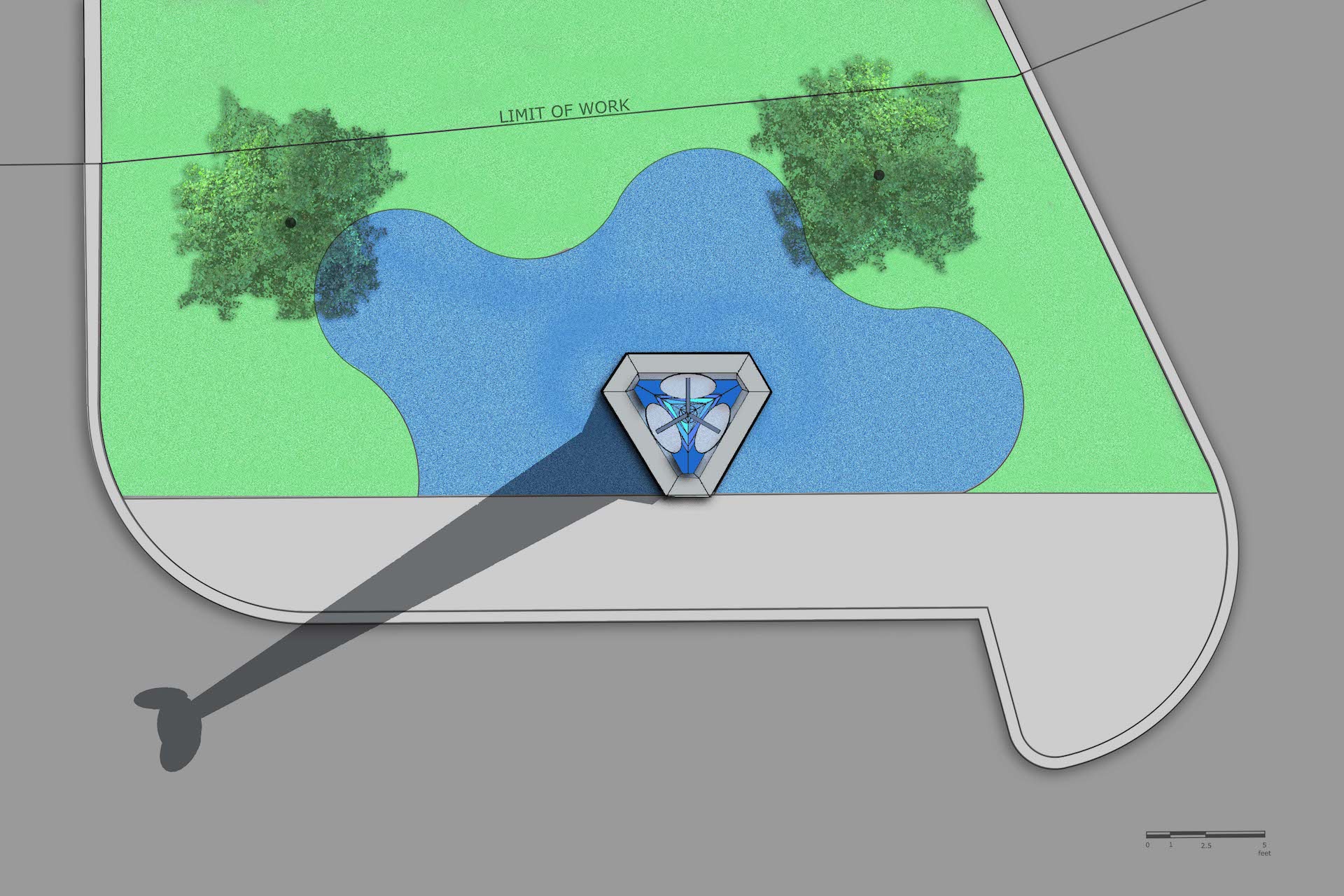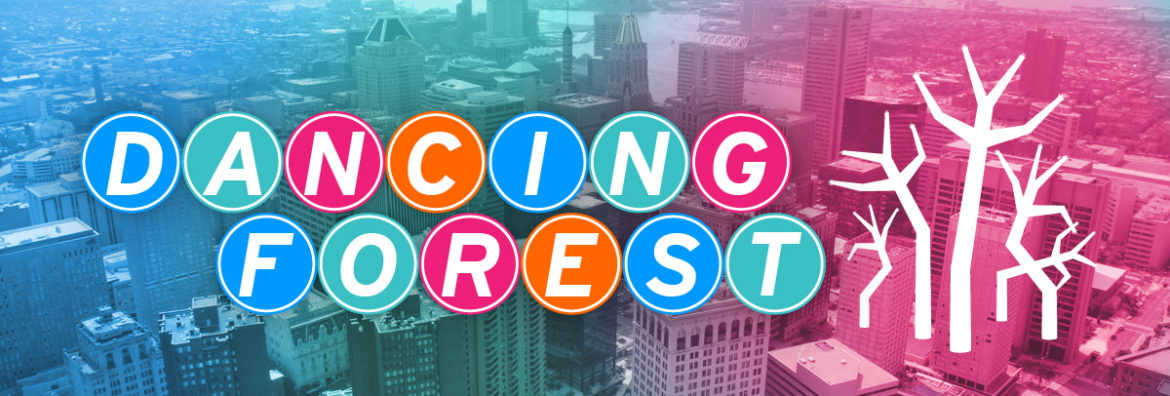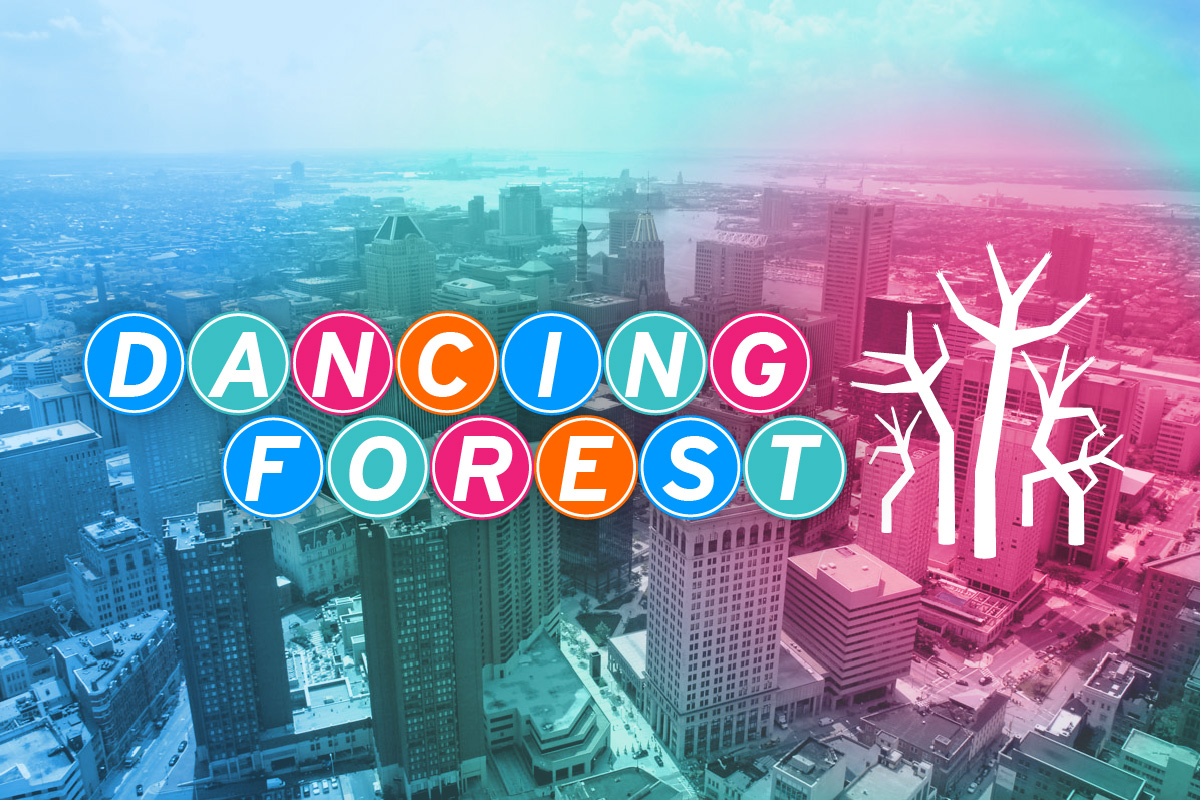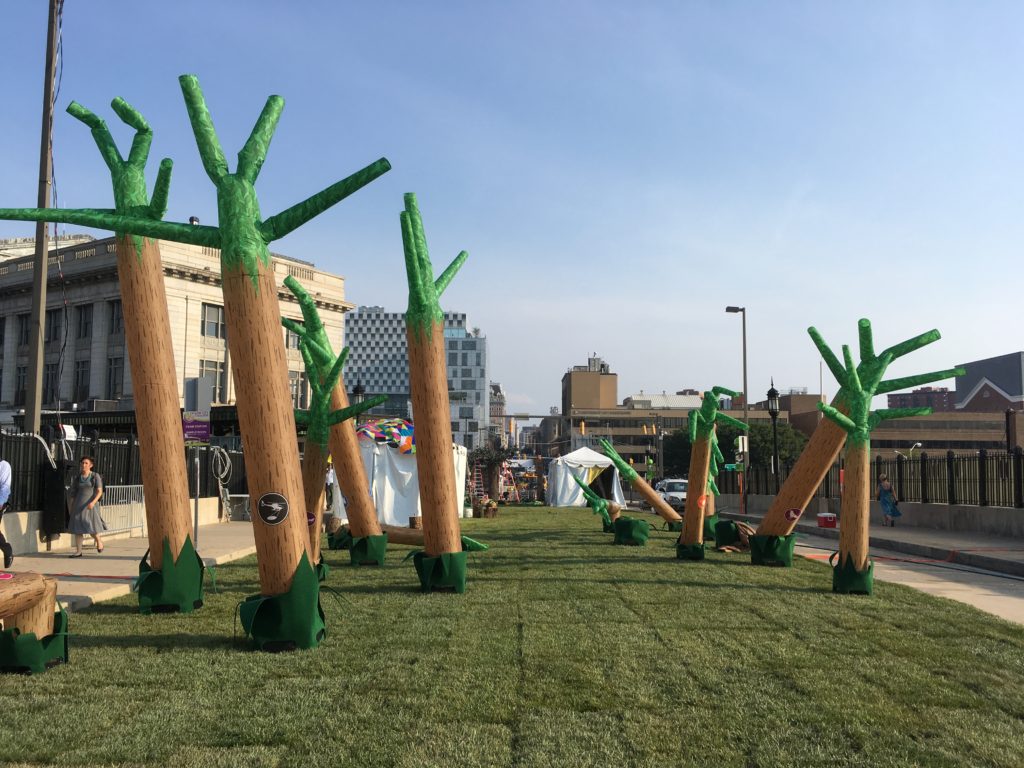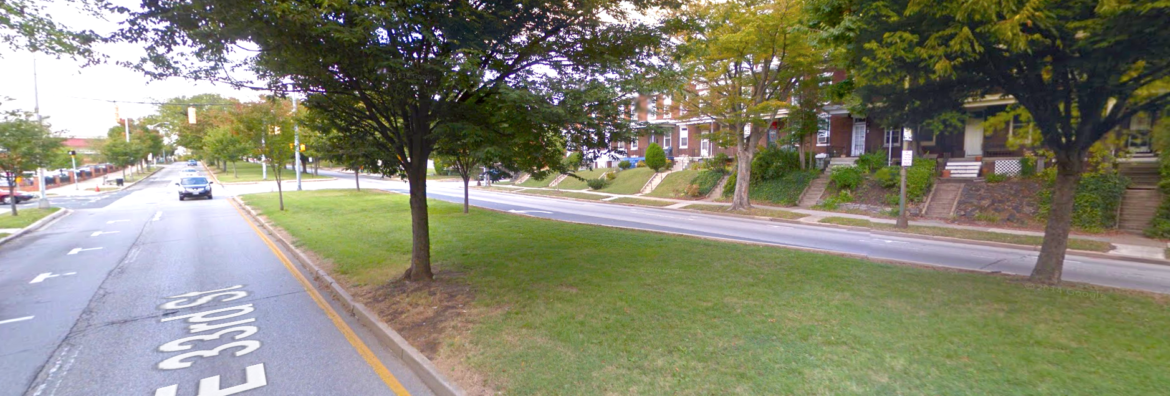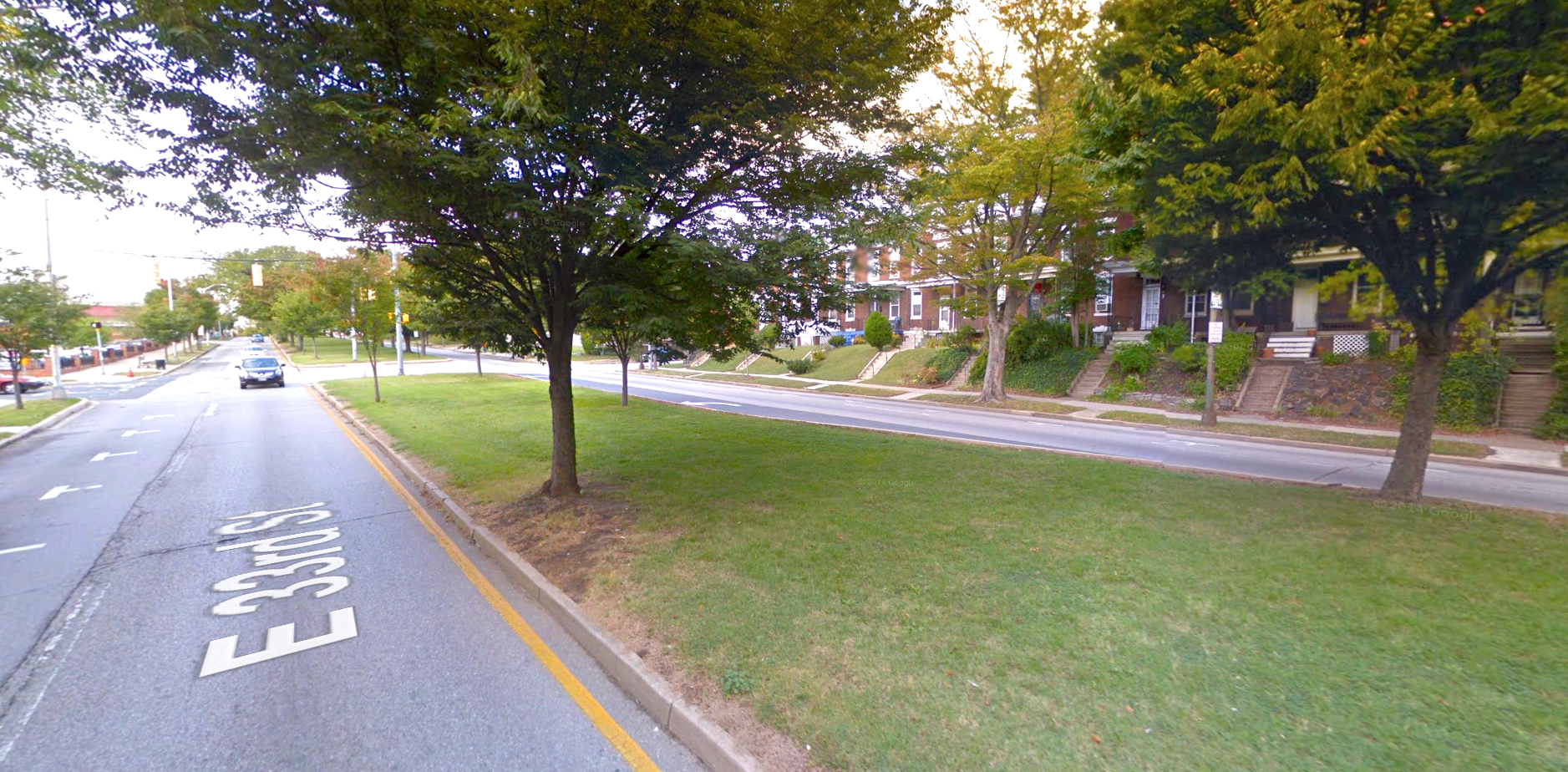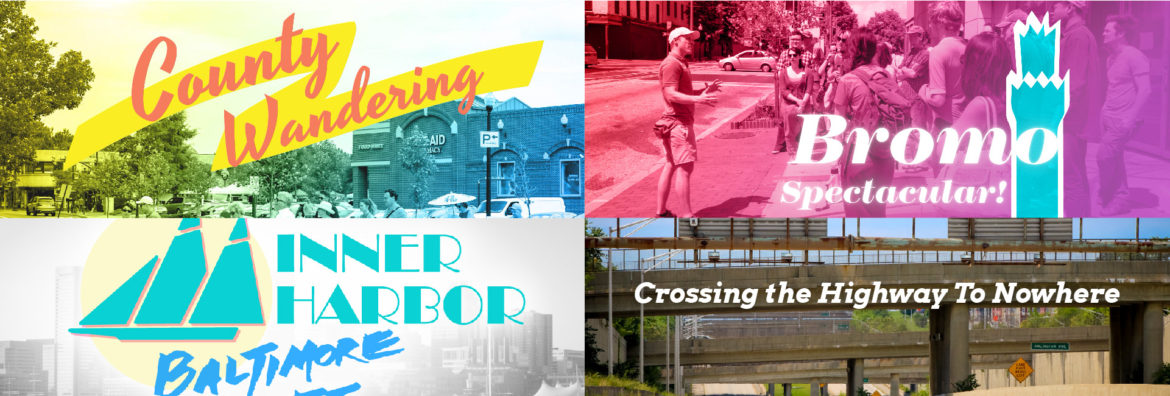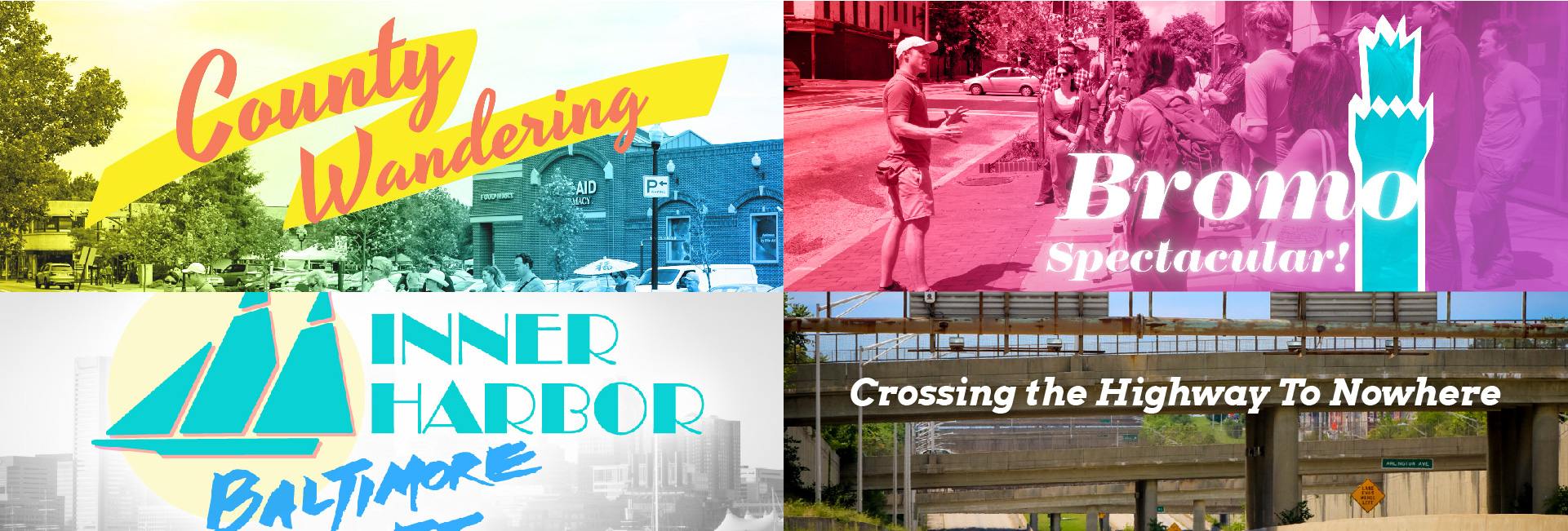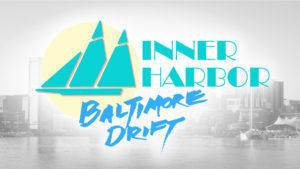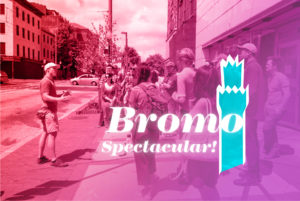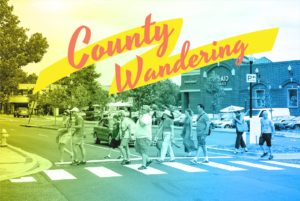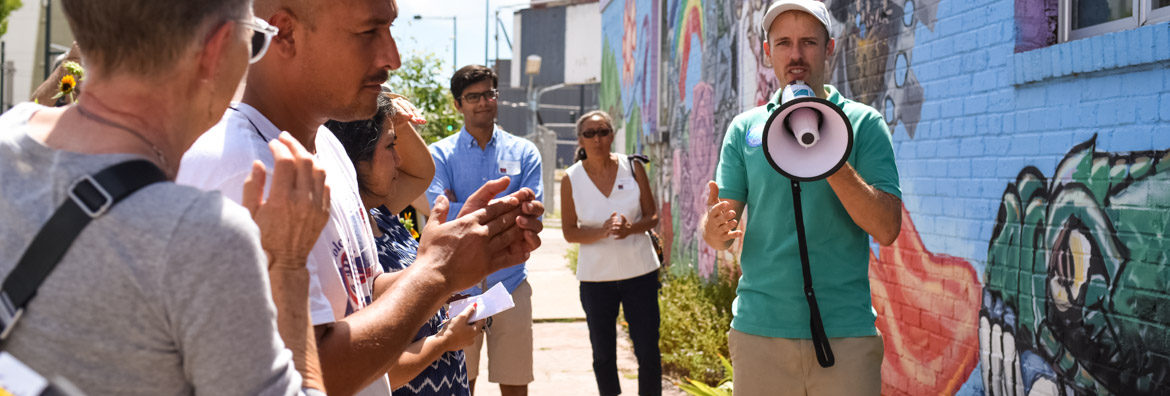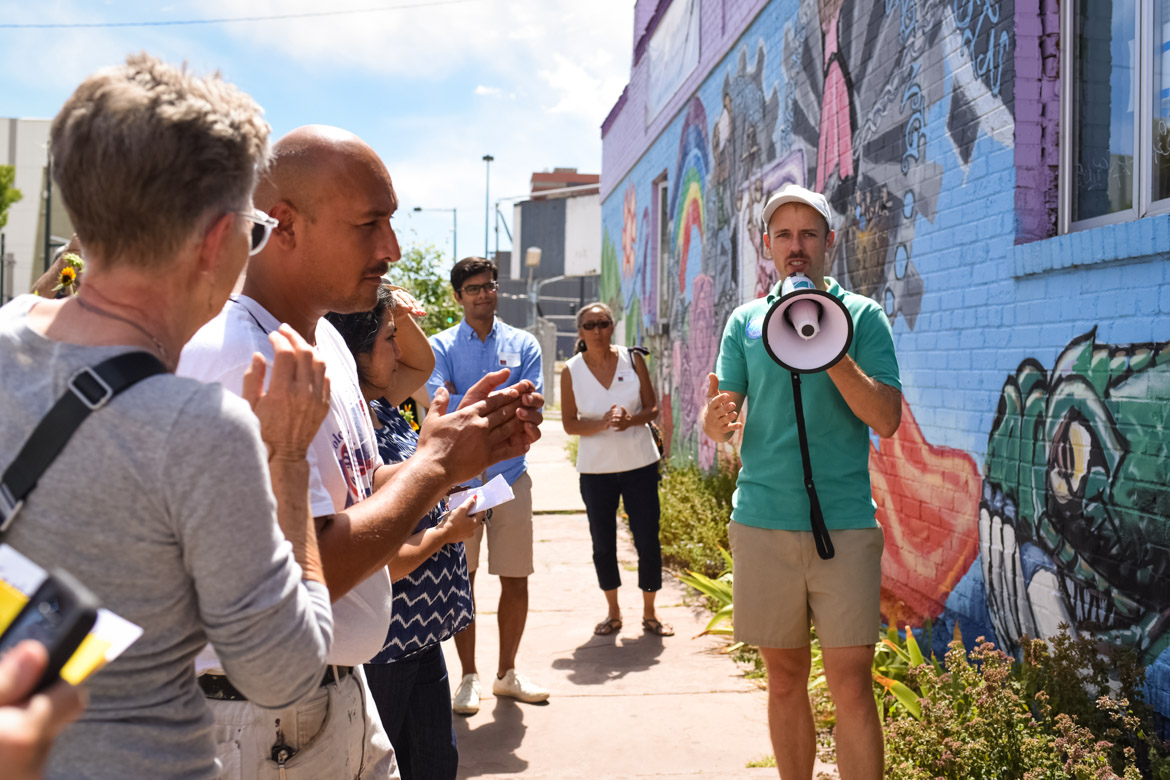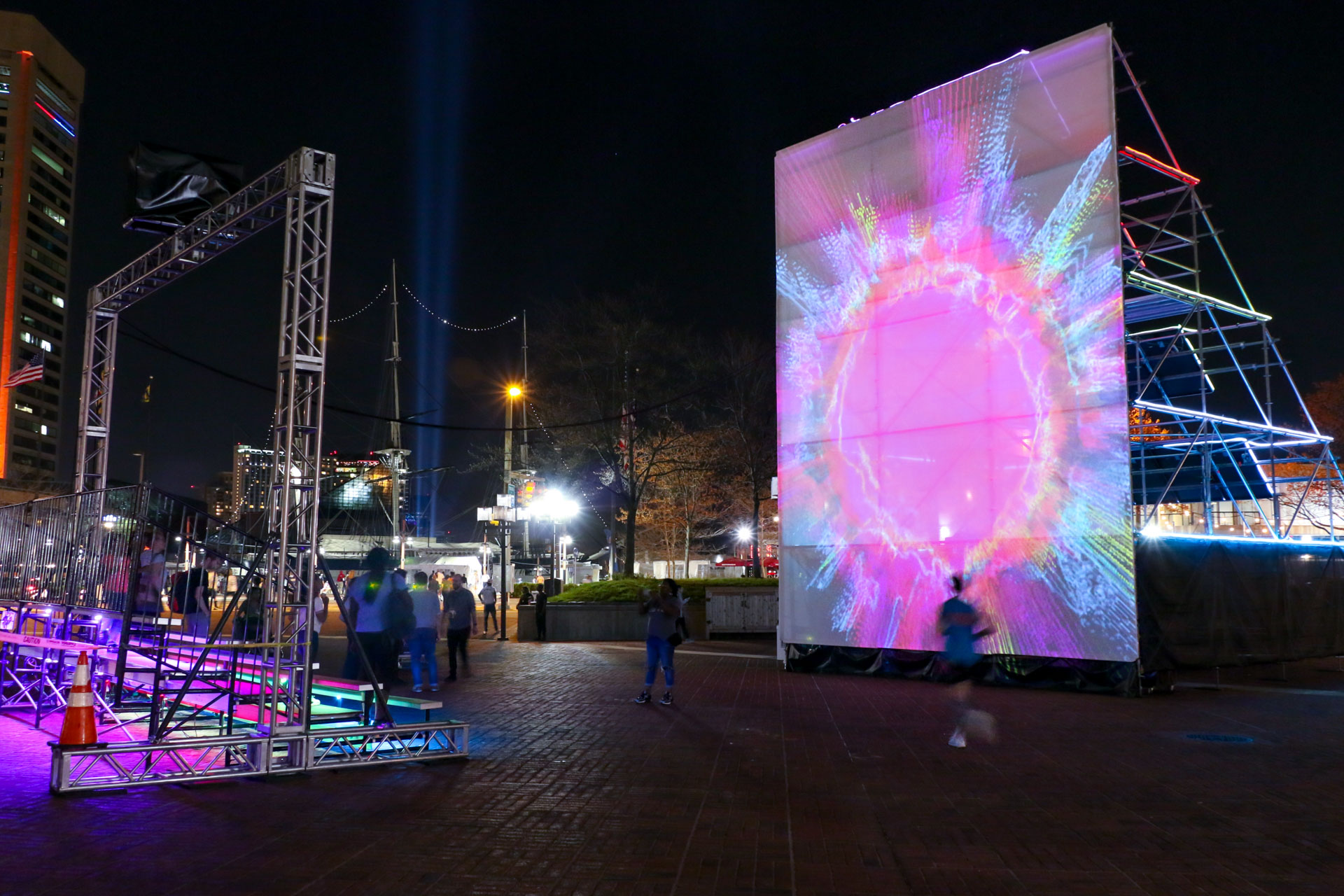
Experience the power and beauty of the sun through Sun Stomp! Sun Stomp is a solar powered LED display and sun-inspired, interactive audio-visual environment at Baltimore’s third annual Light City festival. The massive public art project is a collaboration between public artist Graham Coreil-Allen, video artist Mark Brown, and solar engineer Matt Weaver.
Sun Stomp will be awaiting your foot-powered activation each evening, April 14–21, in the gateway to Baltimore’s Inner Harbor, McKeldin Square. The installation is Stop 24 on the Light Art Walk, on the southside of Pratt Street between Light and Calvert Streets.
What: Sun Stomp, a solar powered LED display and sun-inspired, interactive audio-visual environment at Light City
When: April 14-21, 2018, 7pm-12am weekends, 7pm-11pm week nights
Where: Light City stop #24, McKeldin Square
101 E Pratt St, Baltimore, MD 21202, USA
Free. More info: http://sunstomp.art & https://lightcity.org
Audio Tour: 410-934-7821 enter 8#
Sun Stomp features a 34’ tall scaffolding sculpture with an interactive projection on one side and an array of sixteen, 290 watt solar panels on the other. Electrical Energy is collected during the day and stored as chemical energy in a battery bank in our Power Shed, which provides electricity to the colorful array of LED neon lights illuminating the structure after dark. Participants are invited to stomp on the bleacher footboards to trigger sun-inspired projected visuals, increase the LED brightness, and amplify sounds of the Sun sourced from NASA’s Solar Dynamics Observatory.
Solar and Storage Statistics:
- Sun Stomp features 527 feet of LED lighting.
- All 16 solar panels provide 4,640 Watts per sun hour or 23,200 Watts per day in April.
- The average home in Baltimore uses 7,546 kilowatts per year; the same amount of electricity produced by these 16 solar panels and stored by the Battery Bank.
- The 16 solar panels installed on a home would save $1,052 annually in electricity charges.
- During Light City the Sun Stomp solar panels will prevent 200 pounds of CO2 emissions from local electricity generation.
Follow Sun Stomp updates and tag your photos #SunStomp & #LightCity2018
Sun Stomp Facebook: https://www.facebook.com/sunstomp
Sun Stomp Twitter: @sunstomp24 https://twitter.com/sunstomp24
Sun Stomp Instagram @sunstomp https://www.instagram.com/sunstomp
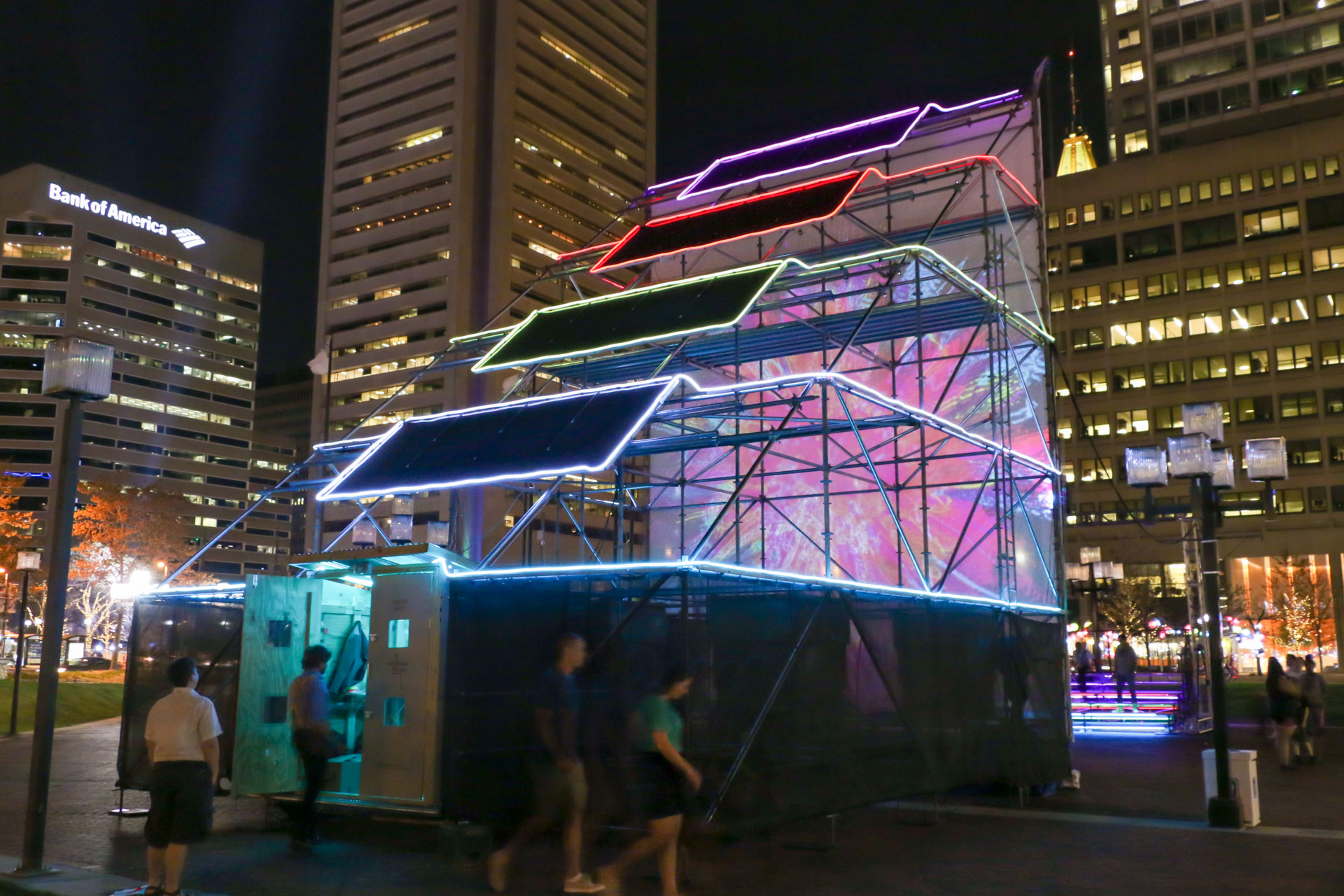
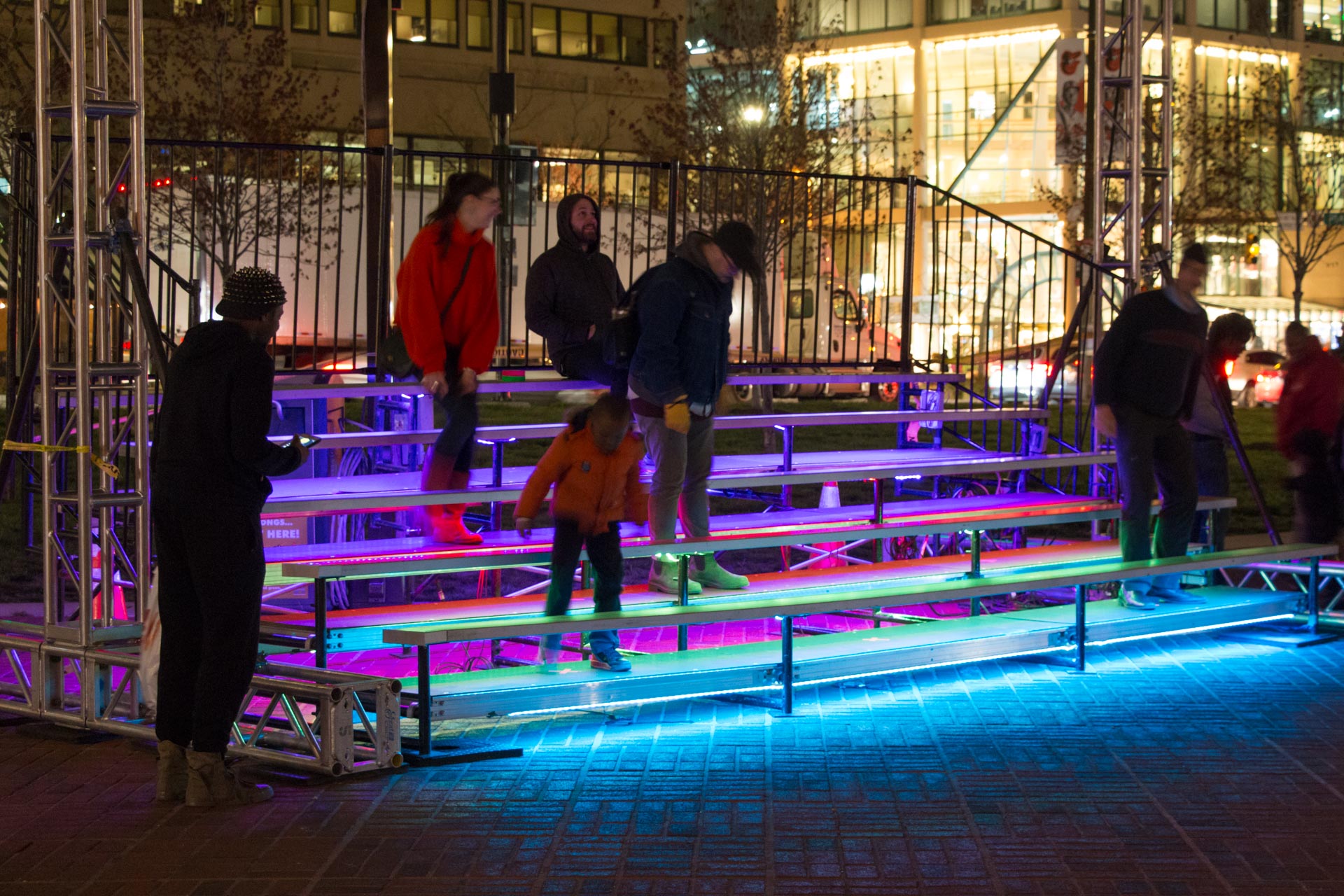
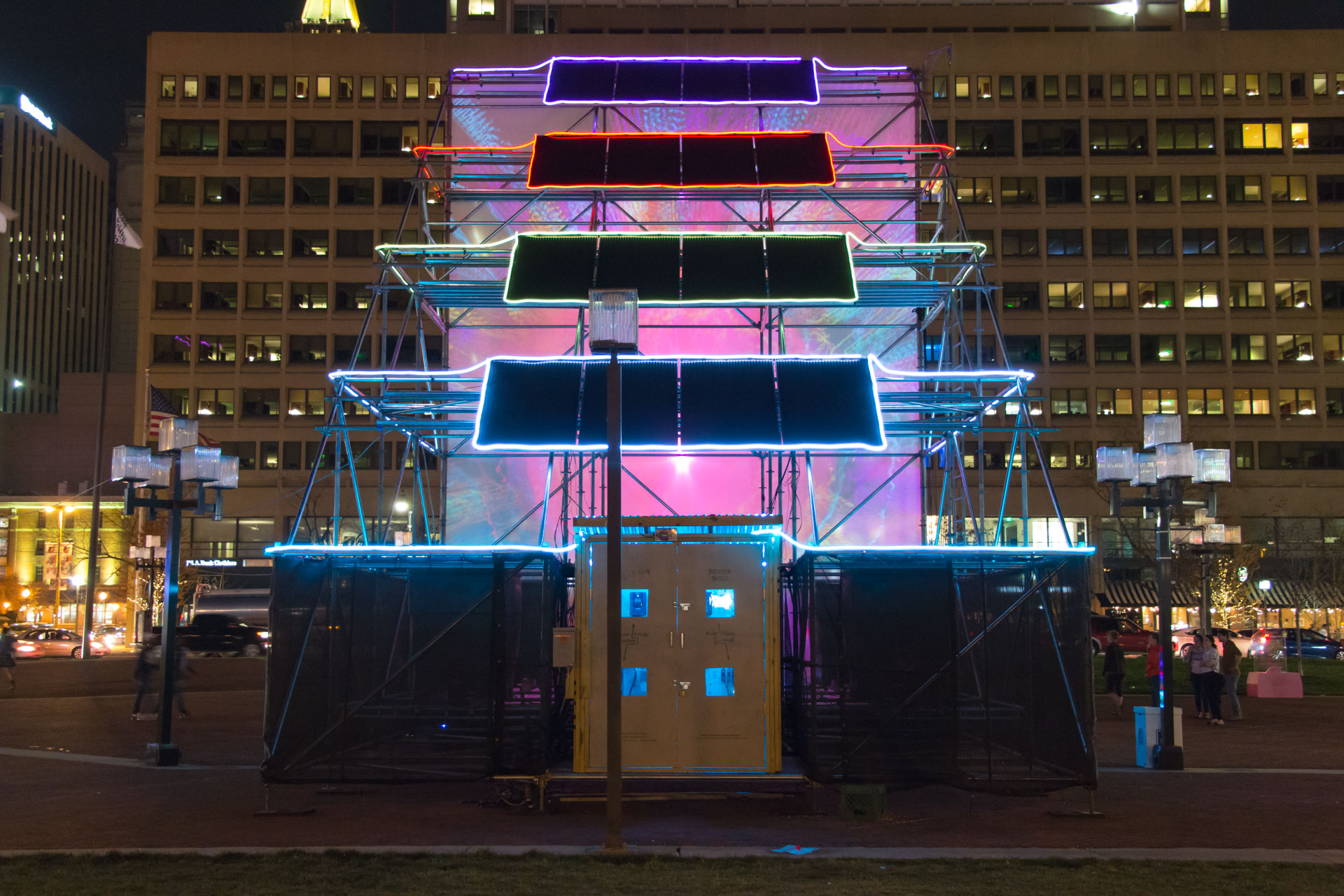
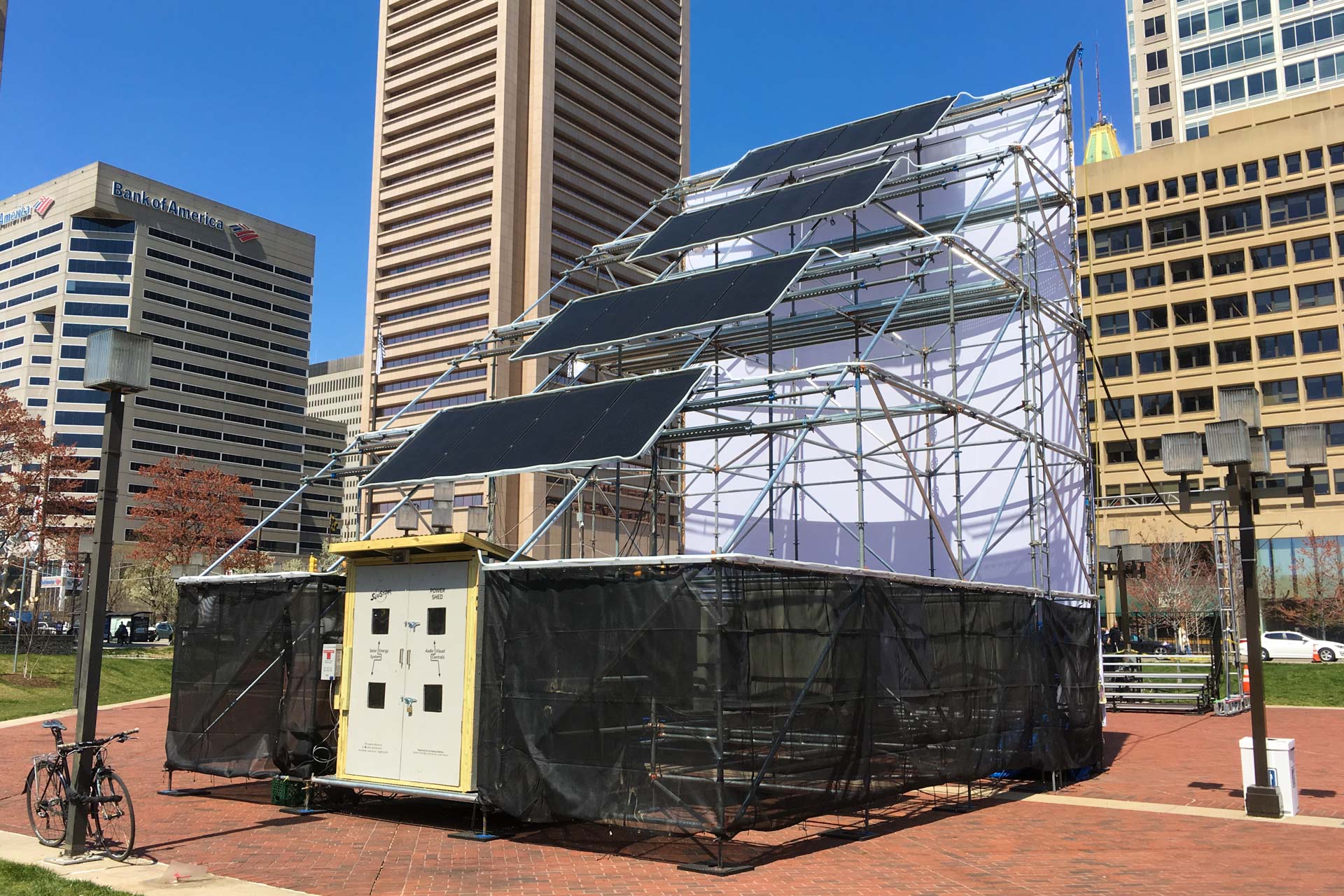
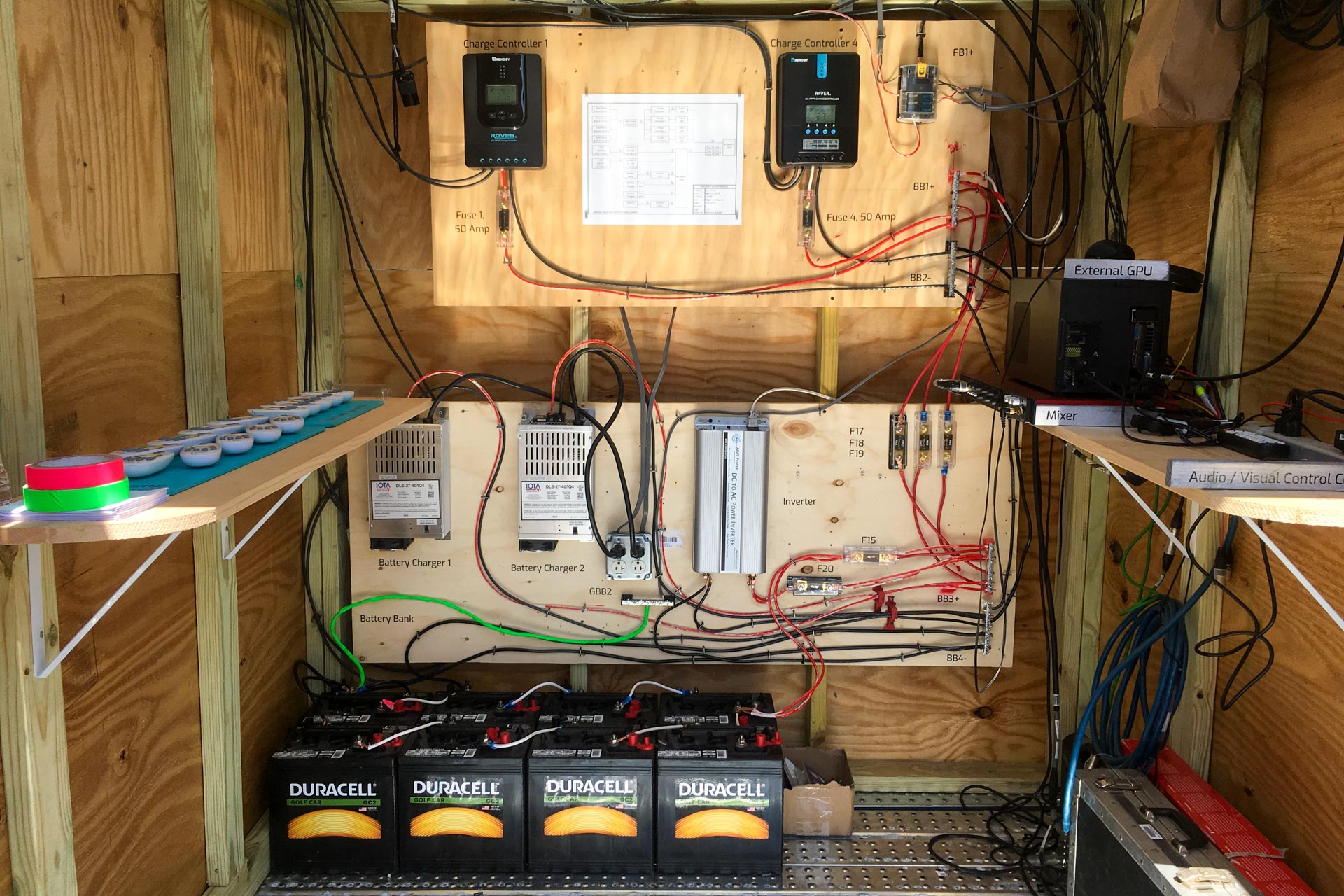

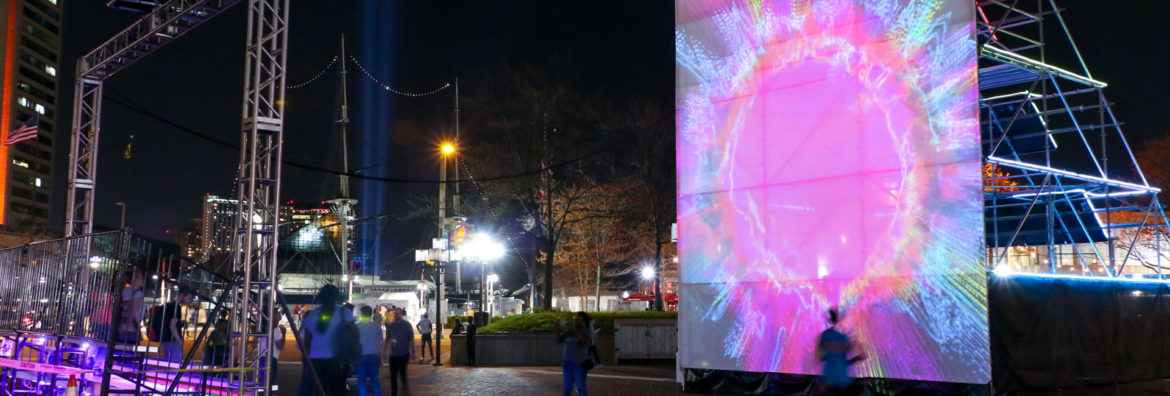
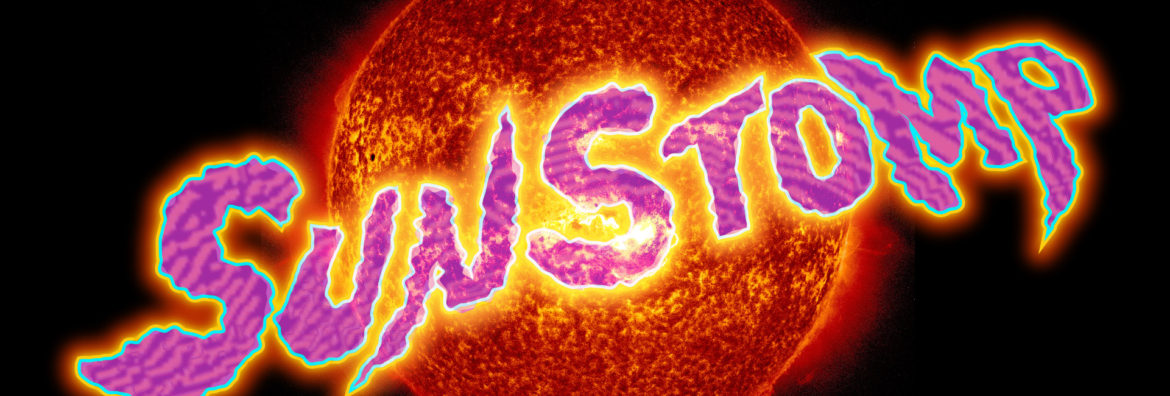
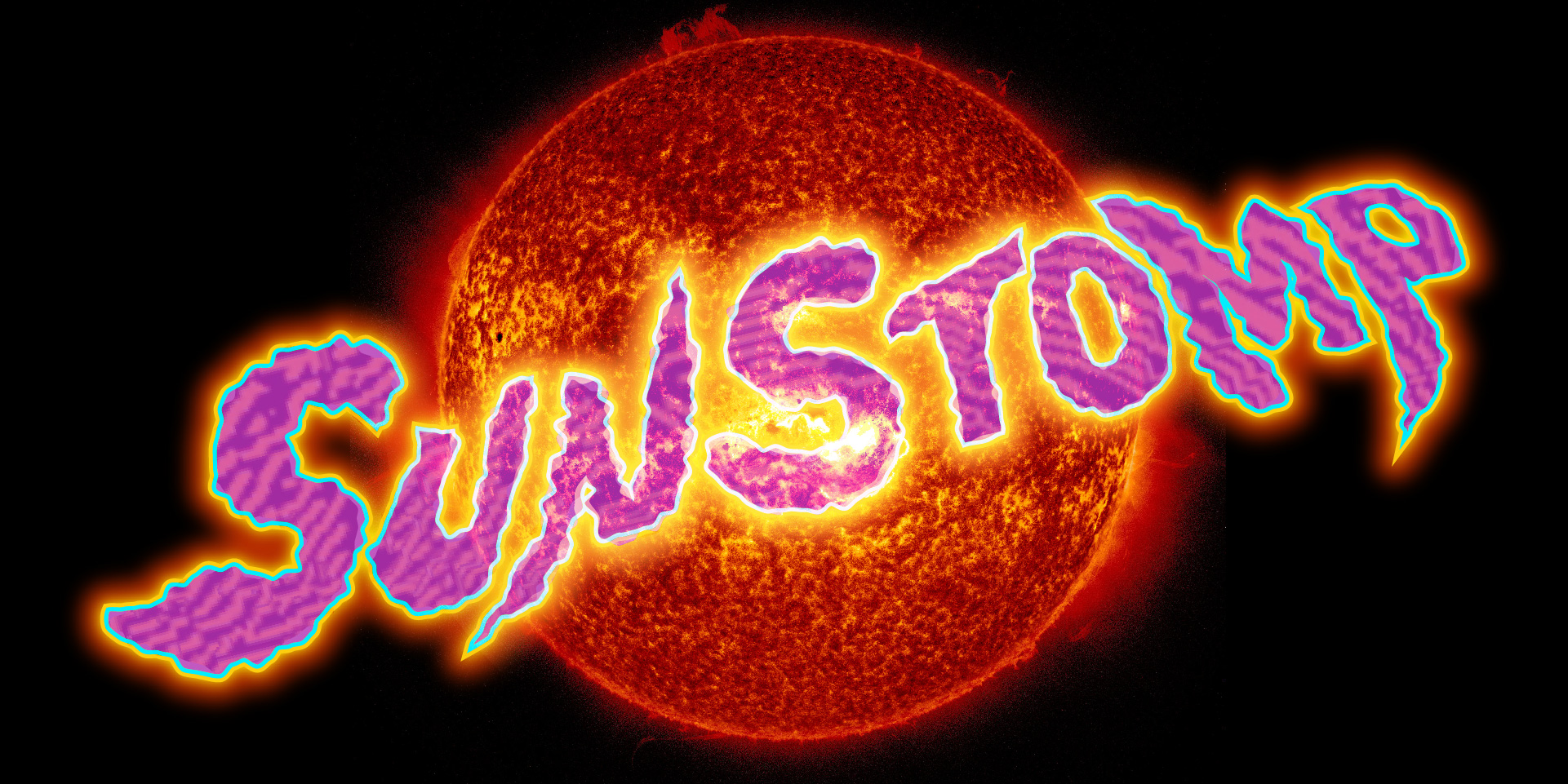
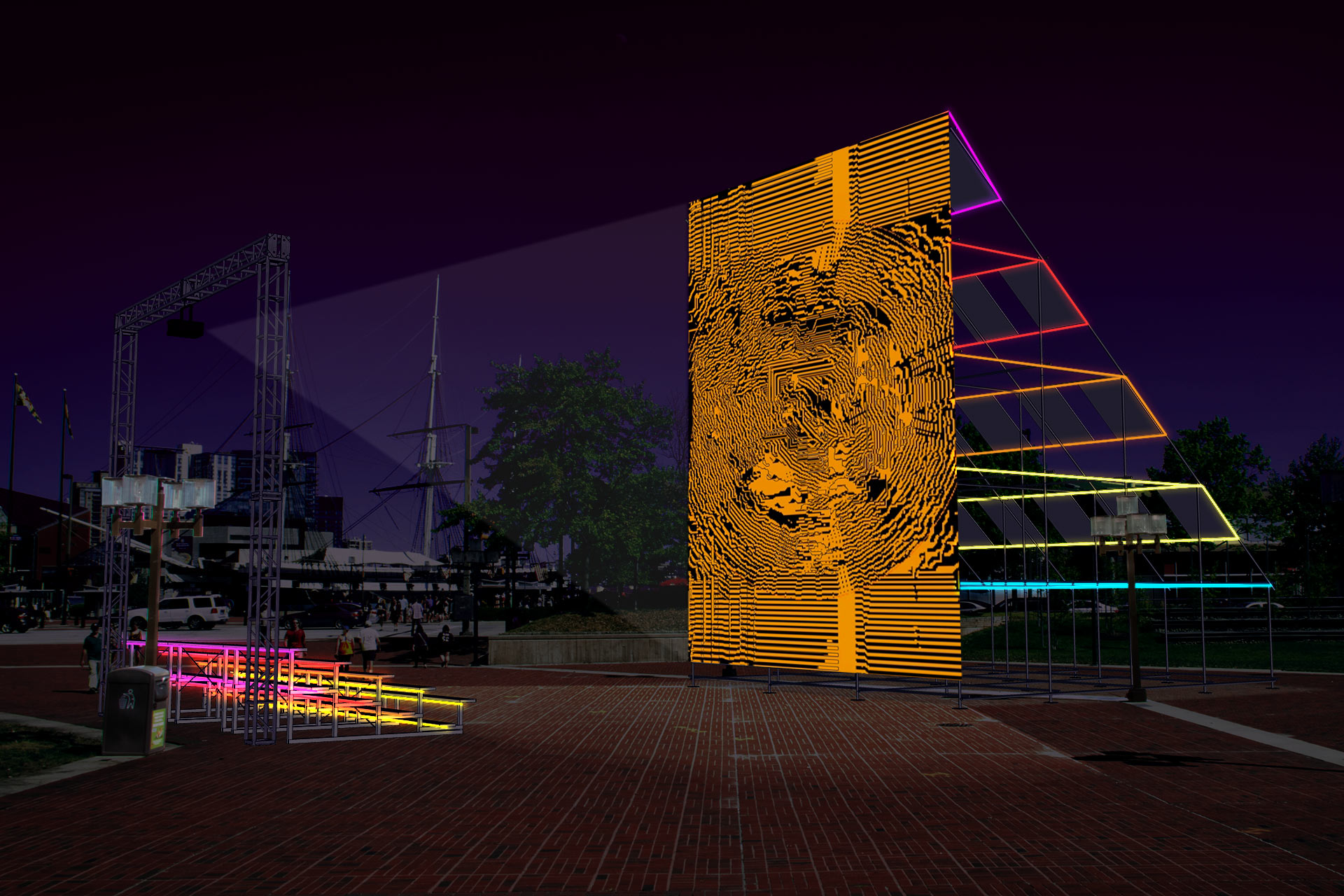
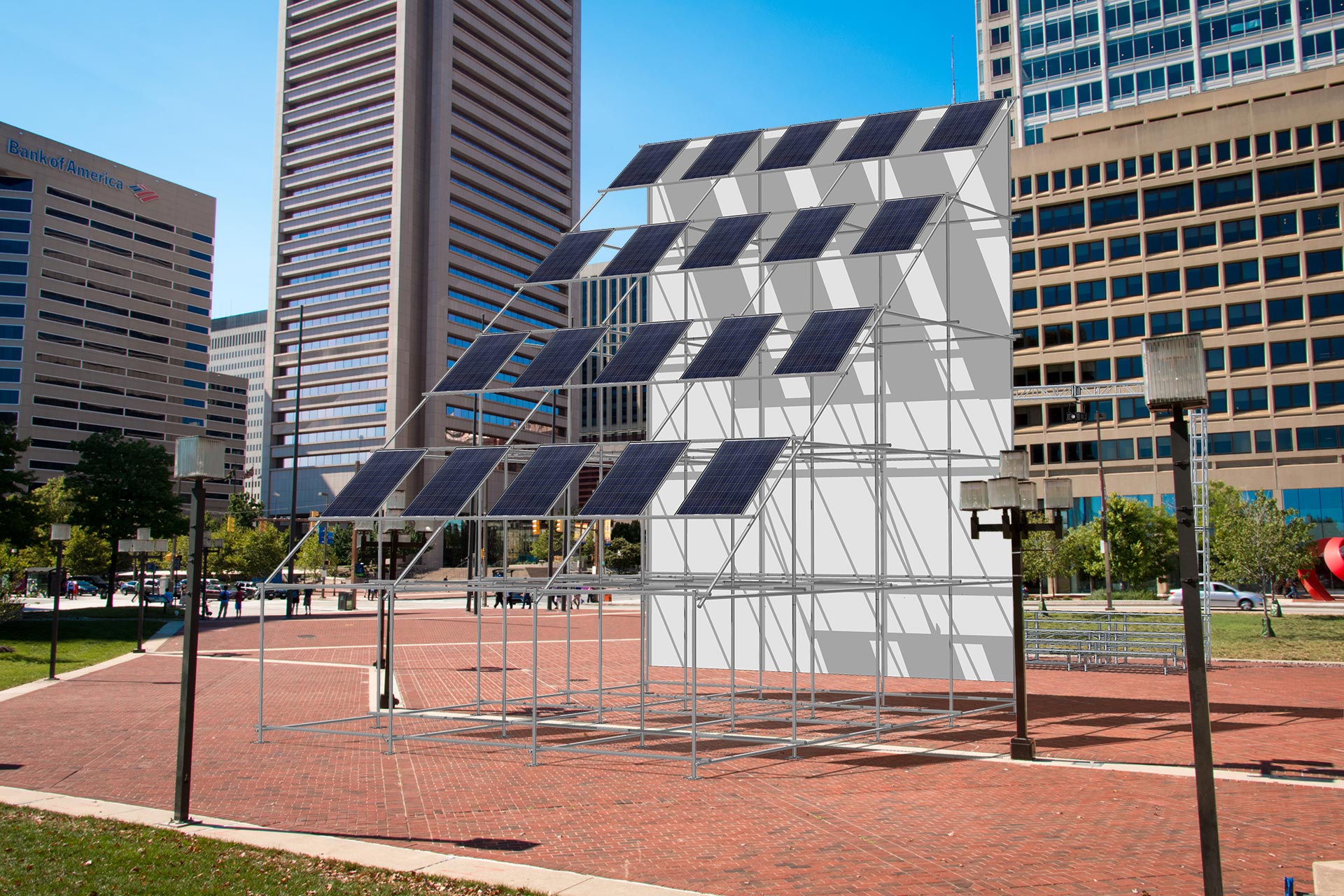
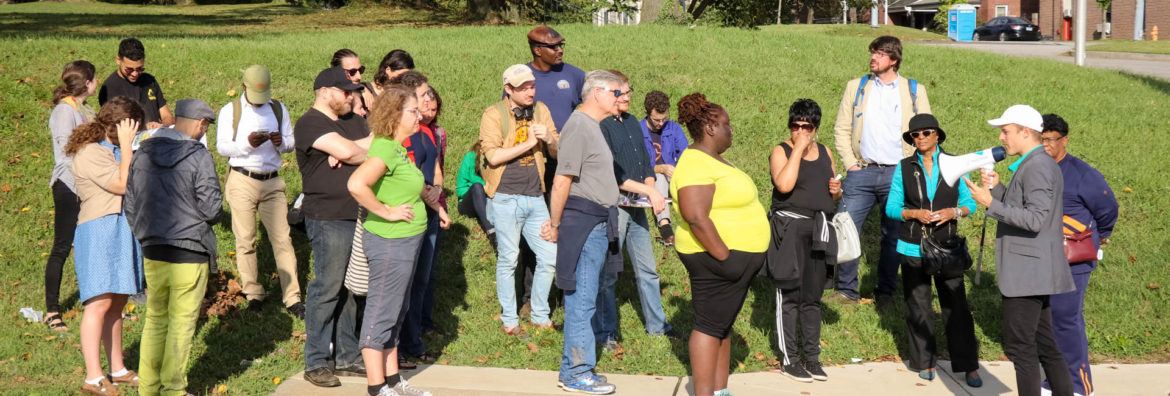
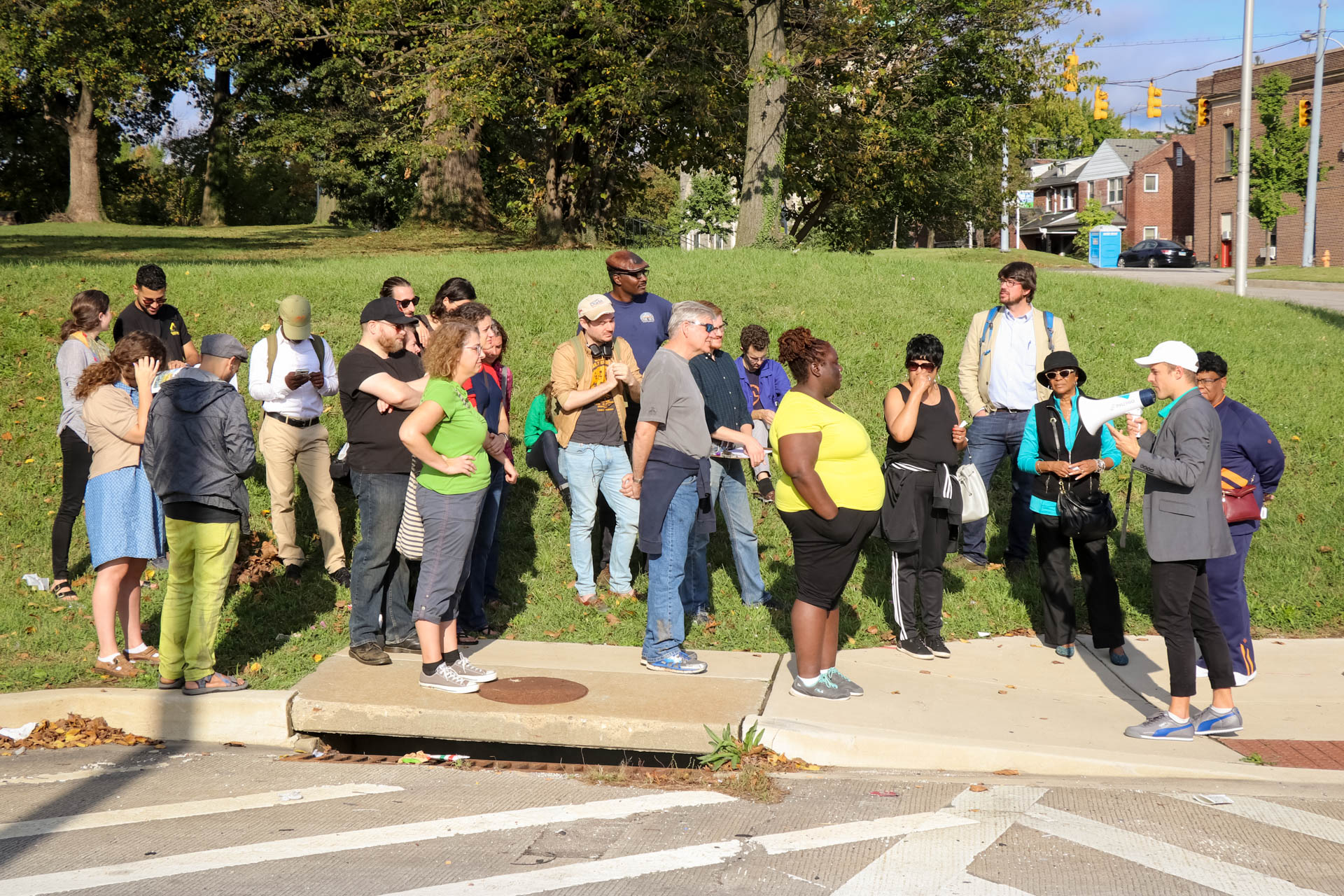
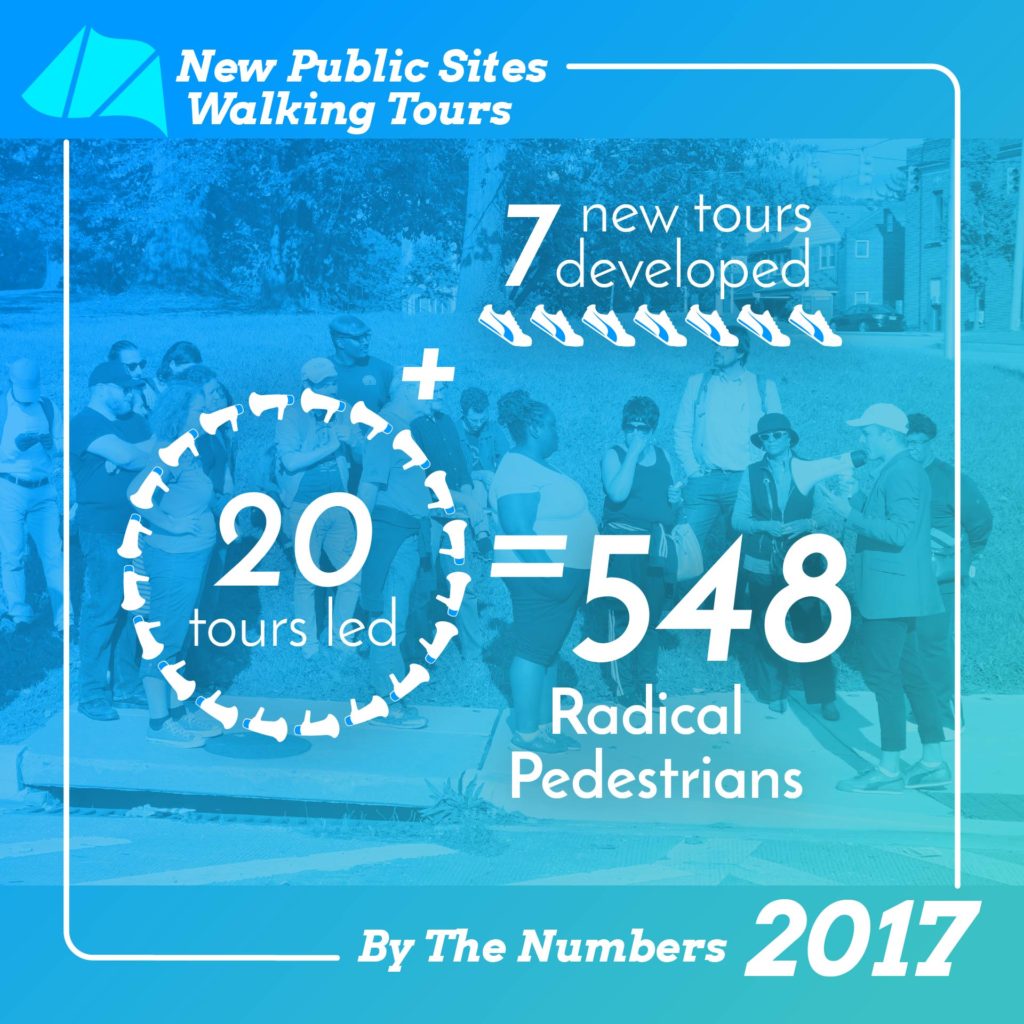 As we close out 2017 I’m thankful for the numerous neighbors, leaders, artists, and organizations I have had the honor of working with to Make Place Happen in Baltimore and beyond. From championing pedestrian accessibility around Druid Hill Park, to exploring the robust and emerging civic spaces and public art of Arlington County, to colorfully reconfiguring concrete paving for playful action, place is truly what we made of it. Public space is not just constructed out of tactile materials like pavement, landscaping, and benches, but also the intangible – knowledge, organizing, and programming. Through New Public Sites walking tours we poetically re-experienced everyday public spaces while learning from community leaders and civil servants how to affect change at the block level. Artscape showed that streets and bridges don’t have to be just for cars, but can also be spaces for ecstatic pedestrian interactions. Workshops like the Baltimore Museum of Art’s Visioning Home created spaces for inclusively mapping out creative futures for the city. I am inspired by my collaborators who believe that we can expand such temporary zones of autonomy into lasting places of accessibility, well-being, joy, and freedom.
As we close out 2017 I’m thankful for the numerous neighbors, leaders, artists, and organizations I have had the honor of working with to Make Place Happen in Baltimore and beyond. From championing pedestrian accessibility around Druid Hill Park, to exploring the robust and emerging civic spaces and public art of Arlington County, to colorfully reconfiguring concrete paving for playful action, place is truly what we made of it. Public space is not just constructed out of tactile materials like pavement, landscaping, and benches, but also the intangible – knowledge, organizing, and programming. Through New Public Sites walking tours we poetically re-experienced everyday public spaces while learning from community leaders and civil servants how to affect change at the block level. Artscape showed that streets and bridges don’t have to be just for cars, but can also be spaces for ecstatic pedestrian interactions. Workshops like the Baltimore Museum of Art’s Visioning Home created spaces for inclusively mapping out creative futures for the city. I am inspired by my collaborators who believe that we can expand such temporary zones of autonomy into lasting places of accessibility, well-being, joy, and freedom.